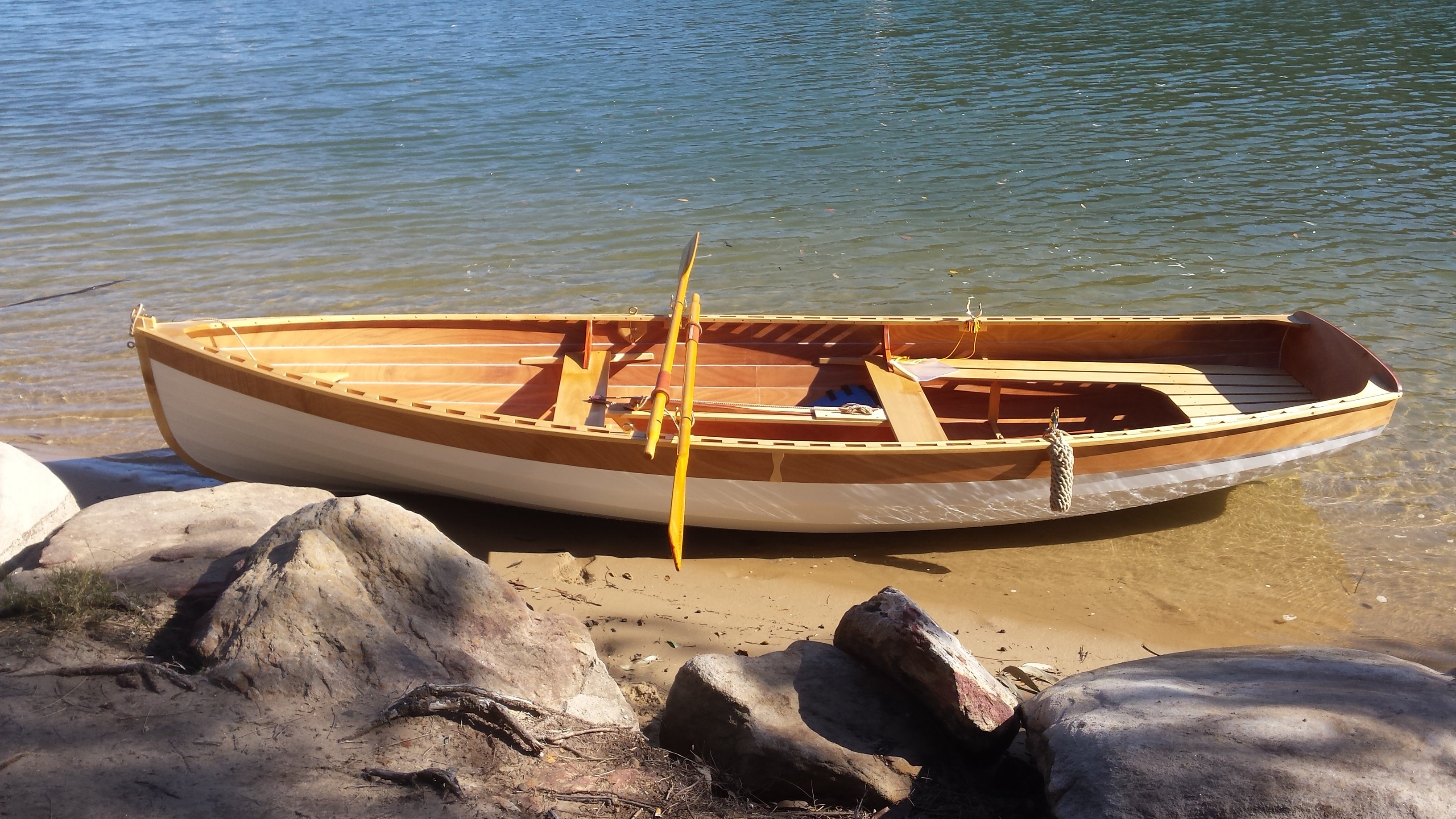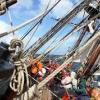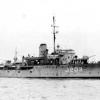-
Posts
1,258 -
Joined
-
Last visited
About Bedford
- Birthday 10/20/1961
Profile Information
-
Gender
Male
-
Location
Rathmines NSW Australia
Recent Profile Visitors
-
 FriedClams reacted to a post in a topic:
Hercules by vaddoc - 1:64 - Steam Tugboat
FriedClams reacted to a post in a topic:
Hercules by vaddoc - 1:64 - Steam Tugboat
-
 Keith Black reacted to a post in a topic:
Hercules by vaddoc - 1:64 - Steam Tugboat
Keith Black reacted to a post in a topic:
Hercules by vaddoc - 1:64 - Steam Tugboat
-
 Bedford reacted to a post in a topic:
Hercules by vaddoc - 1:64 - Steam Tugboat
Bedford reacted to a post in a topic:
Hercules by vaddoc - 1:64 - Steam Tugboat
-
 Bedford reacted to a post in a topic:
Pomeranian Rahschlup 1846 by wefalck – 1/160 scale – single-masted Baltic trading vessel
Bedford reacted to a post in a topic:
Pomeranian Rahschlup 1846 by wefalck – 1/160 scale – single-masted Baltic trading vessel
-
 Jack12477 reacted to a post in a topic:
Ranger type yacht by Mark Pearse - 1:12 - SMALL
Jack12477 reacted to a post in a topic:
Ranger type yacht by Mark Pearse - 1:12 - SMALL
-
 Bedford reacted to a post in a topic:
Ranger type yacht by Mark Pearse - 1:12 - SMALL
Bedford reacted to a post in a topic:
Ranger type yacht by Mark Pearse - 1:12 - SMALL
-
 Bedford reacted to a post in a topic:
Herzogin Cecilie 1902 by Jim Lad - Four Masted Barque
Bedford reacted to a post in a topic:
Herzogin Cecilie 1902 by Jim Lad - Four Masted Barque
-
 Bedford reacted to a post in a topic:
Pomeranian Rahschlup 1846 by wefalck – 1/160 scale – single-masted Baltic trading vessel
Bedford reacted to a post in a topic:
Pomeranian Rahschlup 1846 by wefalck – 1/160 scale – single-masted Baltic trading vessel
-
 Bedford reacted to a post in a topic:
Libertad 1925 by Valeriy V - Scale 1:100 - Spanish Type F Light Cruiser
Bedford reacted to a post in a topic:
Libertad 1925 by Valeriy V - Scale 1:100 - Spanish Type F Light Cruiser
-
 Bedford reacted to a post in a topic:
Pomeranian Rahschlup 1846 by wefalck – 1/160 scale – single-masted Baltic trading vessel
Bedford reacted to a post in a topic:
Pomeranian Rahschlup 1846 by wefalck – 1/160 scale – single-masted Baltic trading vessel
-
 FriedClams reacted to a post in a topic:
Pomeranian Rahschlup 1846 by wefalck – 1/160 scale – single-masted Baltic trading vessel
FriedClams reacted to a post in a topic:
Pomeranian Rahschlup 1846 by wefalck – 1/160 scale – single-masted Baltic trading vessel
-
 FriedClams reacted to a post in a topic:
Herzogin Cecilie 1902 by Jim Lad - Four Masted Barque
FriedClams reacted to a post in a topic:
Herzogin Cecilie 1902 by Jim Lad - Four Masted Barque
-
 FriedClams reacted to a post in a topic:
Hercules by vaddoc - 1:64 - Steam Tugboat
FriedClams reacted to a post in a topic:
Hercules by vaddoc - 1:64 - Steam Tugboat
-
 Keith Black reacted to a post in a topic:
Pomeranian Rahschlup 1846 by wefalck – 1/160 scale – single-masted Baltic trading vessel
Keith Black reacted to a post in a topic:
Pomeranian Rahschlup 1846 by wefalck – 1/160 scale – single-masted Baltic trading vessel
-
Eberhard, while I have no knowledge of the vessel type you're building I have sailed on Bark Endeavour which has a skylight in the deck just forward of the wheel and while it doesn't interfere with the operation of the wheel it does have a wooden grate over it. I know a lot of ships had wooden grates for the helmsman to stand on to give better grip on a drier surface so maybe that's the answer.
-
 Bedford reacted to a post in a topic:
Herzogin Cecilie 1902 by Jim Lad - Four Masted Barque
Bedford reacted to a post in a topic:
Herzogin Cecilie 1902 by Jim Lad - Four Masted Barque
-
 Keith Black reacted to a post in a topic:
Herzogin Cecilie 1902 by Jim Lad - Four Masted Barque
Keith Black reacted to a post in a topic:
Herzogin Cecilie 1902 by Jim Lad - Four Masted Barque
-
I hear you John but as I often say, "It's not the mistake that matters, it's how you deal with it" On my Royal Caroline build I swung around with the vacuum cleaner and broke the shrouds away from 2 dead eyes on the port mizzen shrouds. Walked away for over a year while I built my full size sail boat but recently decided the best fix was to completely remake that whole shroud assembly.
-
 Bedford reacted to a post in a topic:
Herzogin Cecilie 1902 by Jim Lad - Four Masted Barque
Bedford reacted to a post in a topic:
Herzogin Cecilie 1902 by Jim Lad - Four Masted Barque
-
 Bedford reacted to a post in a topic:
Hercules by vaddoc - 1:64 - Steam Tugboat
Bedford reacted to a post in a topic:
Hercules by vaddoc - 1:64 - Steam Tugboat
-
 Keith Black reacted to a post in a topic:
Hercules by vaddoc - 1:64 - Steam Tugboat
Keith Black reacted to a post in a topic:
Hercules by vaddoc - 1:64 - Steam Tugboat
-
This might be useless info in this case since you don't want to buy new stock but something to keep in mind. When I made the 1:8 scale Tammie Norrie I used 0.8mm birch ply for the strakes. You can cut it with a decent pair of scissors and get perfect edges. That model suffered a warped backbone too but it's the fix that matters.
-
 Mark Pearse reacted to a post in a topic:
Ranger type yacht by Mark Pearse - 1:12 - SMALL
Mark Pearse reacted to a post in a topic:
Ranger type yacht by Mark Pearse - 1:12 - SMALL
About us
Modelshipworld - Advancing Ship Modeling through Research
SSL Secured
Your security is important for us so this Website is SSL-Secured
NRG Mailing Address
Nautical Research Guild
237 South Lincoln Street
Westmont IL, 60559-1917
Model Ship World ® and the MSW logo are Registered Trademarks, and belong to the Nautical Research Guild (United States Patent and Trademark Office: No. 6,929,264 & No. 6,929,274, registered Dec. 20, 2022)
Helpful Links
About the NRG
If you enjoy building ship models that are historically accurate as well as beautiful, then The Nautical Research Guild (NRG) is just right for you.
The Guild is a non-profit educational organization whose mission is to “Advance Ship Modeling Through Research”. We provide support to our members in their efforts to raise the quality of their model ships.
The Nautical Research Guild has published our world-renowned quarterly magazine, The Nautical Research Journal, since 1955. The pages of the Journal are full of articles by accomplished ship modelers who show you how they create those exquisite details on their models, and by maritime historians who show you the correct details to build. The Journal is available in both print and digital editions. Go to the NRG web site (www.thenrg.org) to download a complimentary digital copy of the Journal. The NRG also publishes plan sets, books and compilations of back issues of the Journal and the former Ships in Scale and Model Ship Builder magazines.








